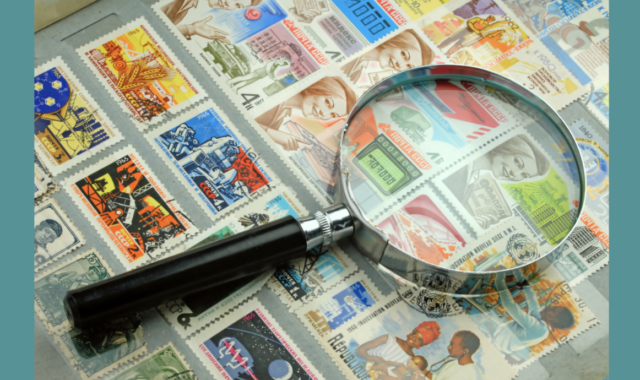If you enjoy collecting antiques, your home may be a treasure trove. An item’s age doesn’t necessarily translate to worth, however, so how do you know the value of an antique? This article shares the factors that impact antique valuations and how you can determine the value of the items in your home.
See our infographic on how to take better photos of your antiques, and keep it for reference!
7 Factors that Impact the Value of an Antique
An antique is an item that is more than 100 years old, but age alone doesn’t determine value. In addition to age, condition and desirability are also factors that impact what an item is worth. Ultimately, the true value for any item is what a person is willing to pay for it. The following list includes more specific things to look for when trying to determine what makes someone value an antique.
1. Hallmark
Items stamped with a manufacturer’s or a designer’s mark are typically worth more than identical pieces without one. The mark not only shows the maker of the item, but often provides insight into the timing of when the item was made since these marks are often changed periodically. Hallmarks also include an artist’s signature for hand-made items.
2. Condition
The condition of the item is one of the most important factors to consider when trying to determine its value. Take a good look to identify any imperfections, including chips, cracks, scratches, tears, stains, and missing pieces. Finding imperfections doesn’t mean the item is worthless, but they may impact the value.
3. Rarity
The availability of the antique may contribute to the value of it. Rare items are usually more valuable than items that are easy to find, even if there is some damage. Typically, limited editions are worth more than items that were mass-produced.
4. Salvage Value
Dealers will sometimes purchase a broken or damaged antique that they can restore or use for parts to repair others. There is salvage value to a damaged antique if it can be used to add value to another antique.
5. Authenticity
If an item has been in your family for many years and you know the provenance, it’s likely an authentic antique. However, you may not be assured of the same if you find an item at a flea market or through an online auction. If you can verify where an antique came from, it will be more valuable.
6. Restoration
A repair done on an antique can either increase or decrease the value depending on the expertise of the person who restored it. A skilled craftsman or a professional restoration may add value, whereas a poor job will decrease the worth.
7. Demand
Though all of the factors listed contribute to antique valuations, what matters the most is the demand for the item. You could have a very old antique in great condition that is rare, but if no one wants it, its value will be low. Finding a buyer willing to pay for an antique is a key factor in determining its value.
How to Determine the Value of an Antique
One option to determine the value of an antique is to visit a certified appraiser, though it is the most costly option. Appraisers typically charge an hourly rate, which can vary. Certified appraisers provide a written report about the item, the means to value it, and what the value is. It’s best to choose someone certified by the International Society of Appraisers, the Appraisers Association of America, or the American Society of Appraisers.
Instead of going to a certified appraiser, or before you incur the cost of one, it’s a good idea to determine if an item may have some worth. This will take a bit of patience and digging. Here are several places you can start your research.
Pricing Guides — Kovels can provide a good starting point to value an item. They offer a website that provides a free subscription with over a million items.
Auction Houses — If your antique is rare and in good condition, you may have luck at auction houses like Christie’s and Bonhams. Or you may find a similar piece on auction.
Antiques Roadshow — This show has been on the air for forty years and has amassed a large number of antique valuations during that time. The website has an appraisal archive that you can search to try to find similar items that may help you to determine the value.
Online Auction Sites — Search online auction sites like eBay to see if you can find similar items to the antique you wish to value. Depending on the item, you may also be able to check sites like Etsy or Ruby Lane for similar things. Be sure to look for what similar items sold for, not only what people are listing them for.
Local Antique Stores and Flea Markets — Once you have searched through online resources, it’s time to hit the pavement to check out local antique stores and flea markets to see if you can find similar items.
Books — A number of books can help you research the value of antiques. Books like Krause Publications and Schiffer Books may be available in your local library.
Antique-Specific Websites — Websites that are specific to certain items can help provide additional information and estimate, including books, coins, and vintage clothing. When you do an online search, check if there are sites dedicated to the type of item you have.
Once you have found some pricing for the item, take the average to determine the approximate value of the piece. Remember, the price you determine as the worth of your antique may not be what you ultimately receive for it if you sell it. The ultimate price will always be impacted by demand, and what a buyer will pay. Values do vary significantly by geography, and whether an area is rural or urban can impact the price.
Thingealogy® is a free story-telling app that helps you organize and preserve the memories of your antiques. You can also record images and details such as hallmarks and artist signatures. Download the app, and try it out for yourself!

